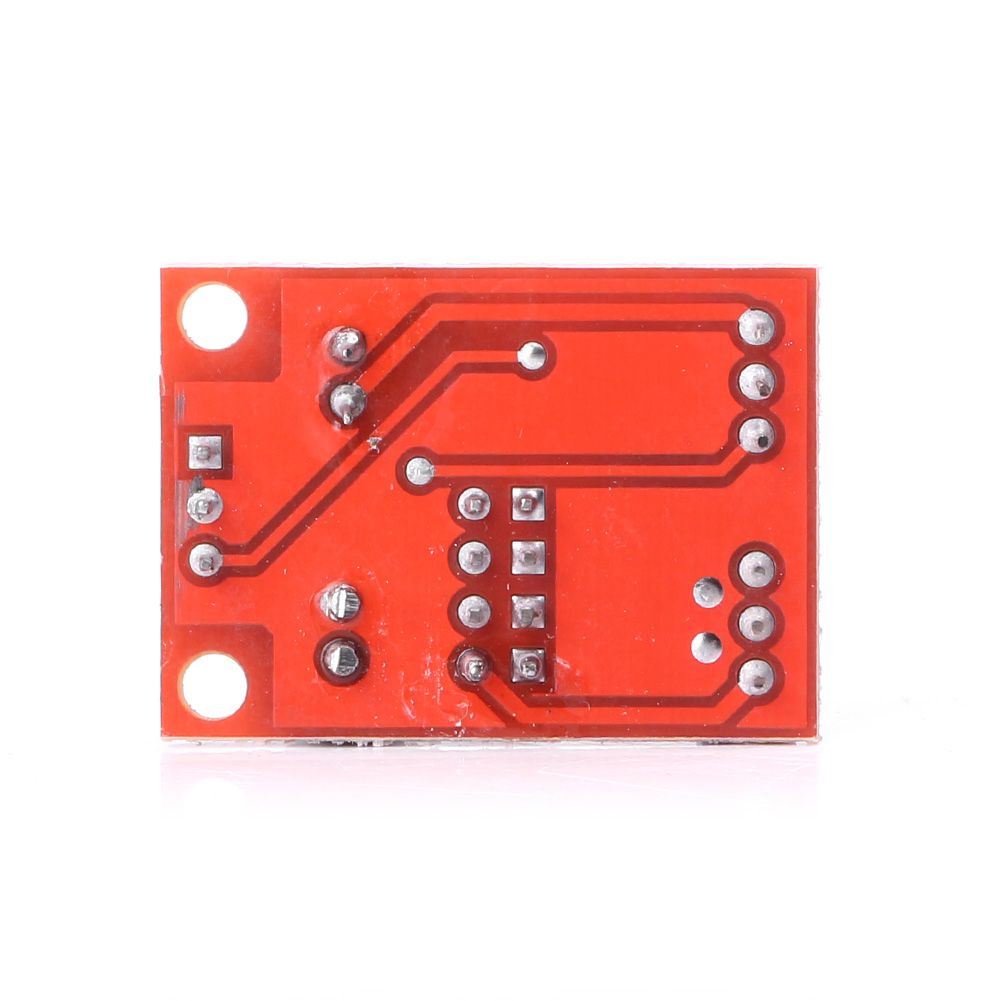


The GM215's FPGA measures every step input period and then divides the measured time period by 16. There are 16 sub-microsteps seen per input period the other phase winding's sub-microsteps are interleaved for a total of 32 sub-microsteps. Each cycle of the yellow trace is the 10-microstep input step pulse.

The GM215 and G214 require only a 0.1 MHz step pulse frequency to get the same speed while operating at 10 microstep.įigure 3 shows the individual sub-microsteps over a small range of the Figure 4 waveform. A normal 320-microstep drive requires a 3.2 MHz step pulse frequency to get 3,000 RPM from the motor. The space between each step change in current is now linearly “filled in” with 32 sub-microsteps to give the motor an effective 320 microstep smoothness. Distinct changes in current (steps) can be seen for every input microstep pulse this step change in phase current will cause motor vibration at very low speeds.įigure 2 shows a linearly interpolated 10-microstep waveform. Figure 1 shows a normal 10-microstep motor current waveform set at 3.6 Amps per phase at a motor speed of 400 microsteps per second (12 RPM).


 0 kommentar(er)
0 kommentar(er)
